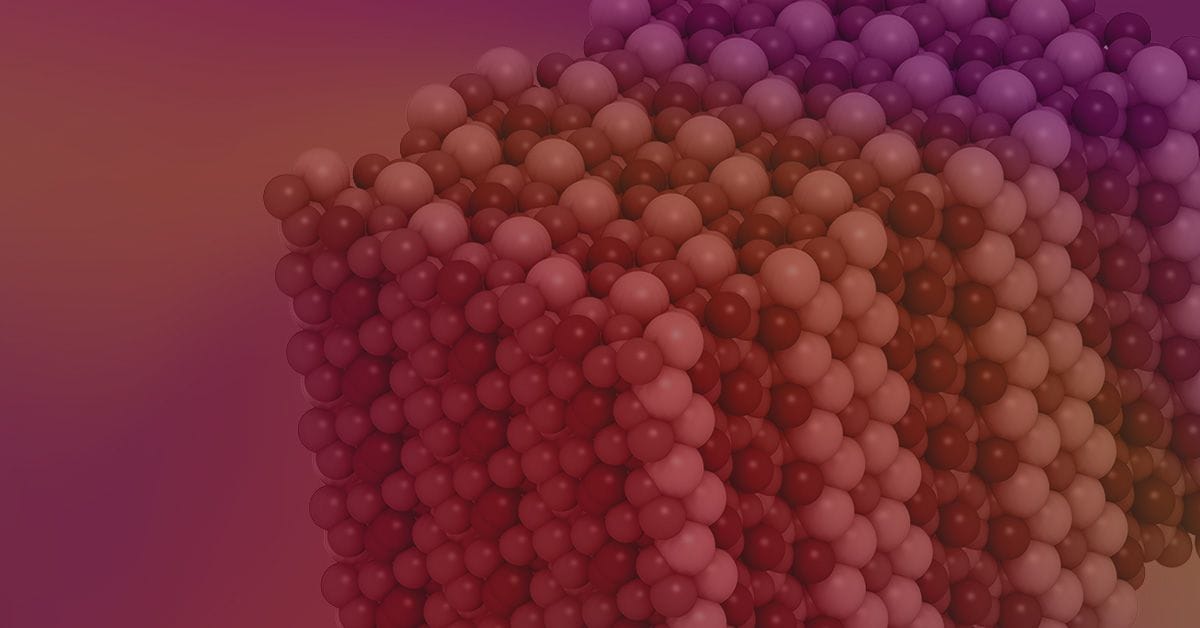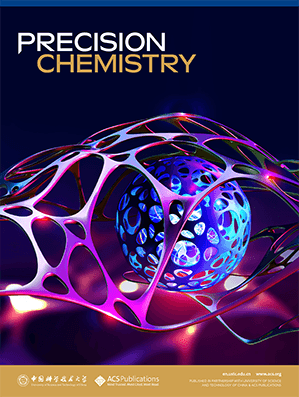This Special Issue will feature significant progress in the synthesis, structure, and characterization of high-entropy materials and complex structures as well as their emerging applications. Submit your manuscript by December 31, 2025.

Since their introduction in 2004, high-entropy alloys (HEAs) have highlighted the role of high- mixing entropy in promoting the formation of solid-solution phases over brittle intermetallic compounds. This groundbreaking concept has inspired the development of high-entropy materials, including alloys, ceramics, and polymers.
High-entropy nanomaterials feature multi-elemental compositions (typically five or more elements) homogeneously mixed in solid-solution states. These materials offer vast opportunities for material design, resulting in unique physical, mechanical, and chemical properties. The uniform mixing of elements at the nanoscale maximizes synergistic interactions, allowing for fine-tuning of catalytic activity and selectivity, and providing structural stability under harsh conditions. Additionally, the multielement synergy offers diverse adsorption sites, ideal for multifunctional catalysts.
In response to the growing interest and rapid advancements in this field, this Special Issue, to be published in Precision Chemistry, will feature significant progress in the synthesis, structure, and characterization of high-entropy materials and complex structures, as well as their emerging applications. The topics of interest include:
- Controlled synthesis of high-entropy structures and their applications
- In operando/in situ advanced characterization of high-entropy materials, including crystal and electronic structures, and active sites
- Exploration of the entropy effect in high-entropy materials
- High-throughput computational and experimental techniques for rapid screening and data-driven exploration
Organizing Editors
Prof. Liangbing Hu, Guest Editor
Yale University, United States
Prof. Xizheng Wang, Guest Editor
University of California, Irvine, United States
Prof. Xiangfeng Duan, Executive Editor, Precision Chemistry
University of California, Los Angeles, United States
Submission Instructions
Manuscripts accepted for inclusion in this Special Issue will be highlighted as a significant contribution to this expanding field. If accepted, publications will go online as soon as possible with a DOI, and will be published in one of the next available issues. Publications on this topic will be assembled into a Special Issue and widely promoted.
Submissions are welcome through December 31, 2025. All articles will be peer reviewed prior to acceptance to ensure they fit the scope of the Special Issue and meet the high scientific publishing standards of Precision Chemistry. The peer review process for all papers will be managed by the journal editors to ensure rigor is maintained.
Precision Chemistry is an open access journal. The Article Publishing Charges are waived for this Special Issue.
How to Submit
- Log in to the ACS Publishing Center.
- Select the “Journals” tab.
- Search for Precision Chemistry.
- Click "Submit."
- Select your manuscript type, and, under the "Special Issue Selection" menu, choose "Precision Chemistry for High Entropy Nanomaterials."
Please see our Author Guidelines for more information on submission requirements. The deadline for submissions is December 31, 2025.
